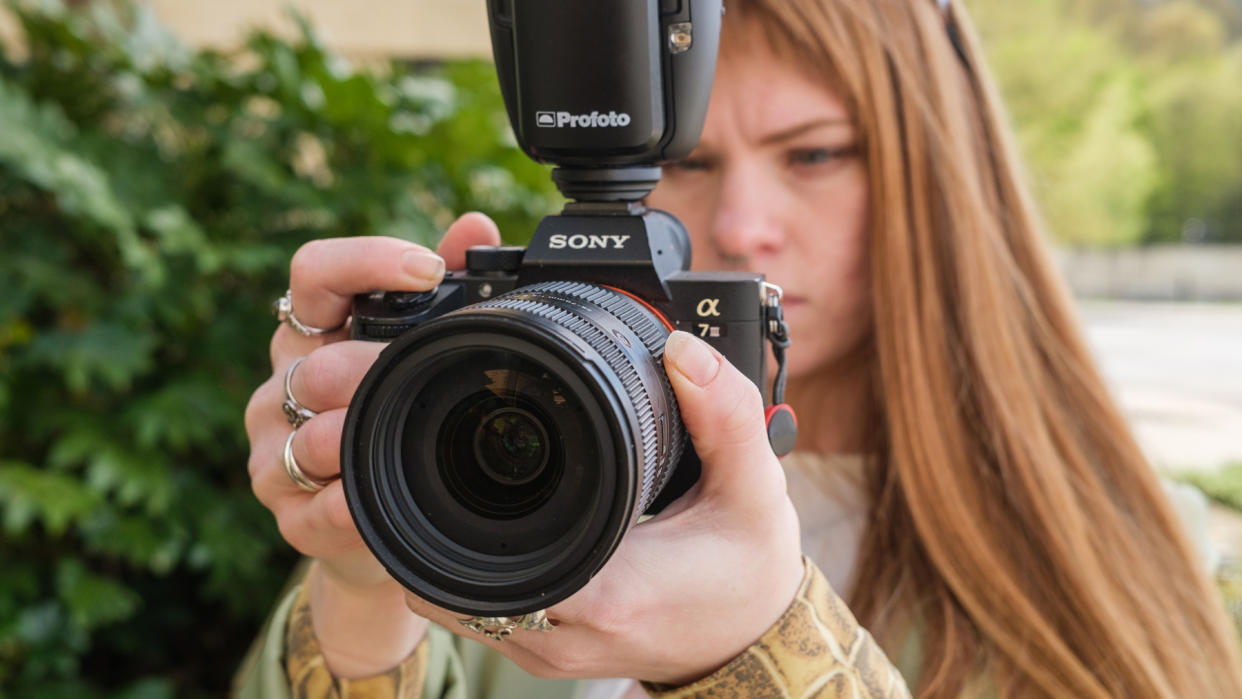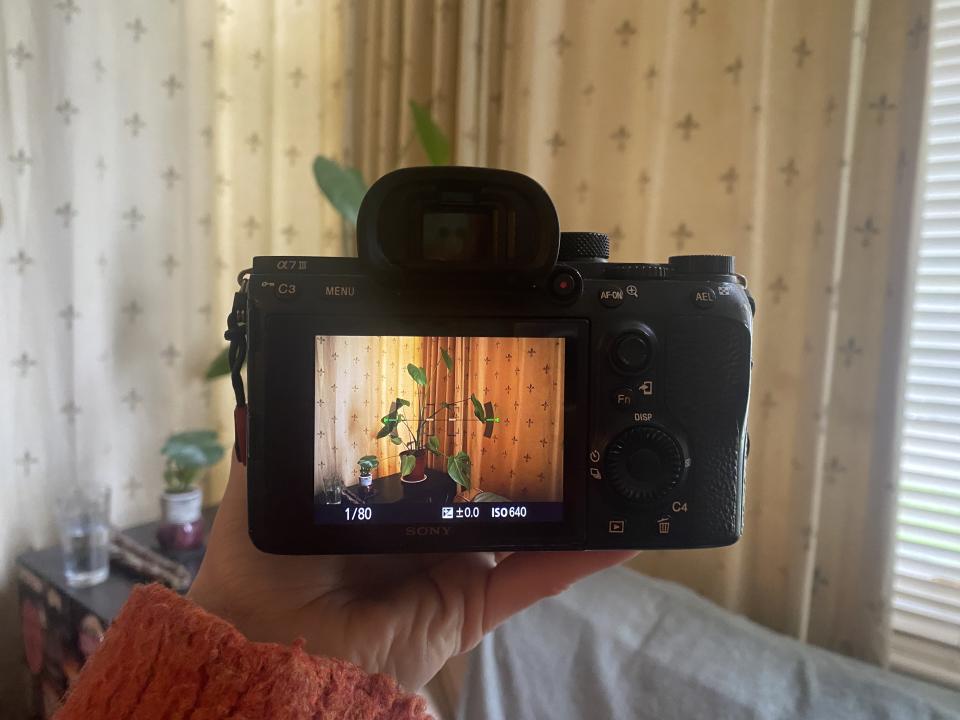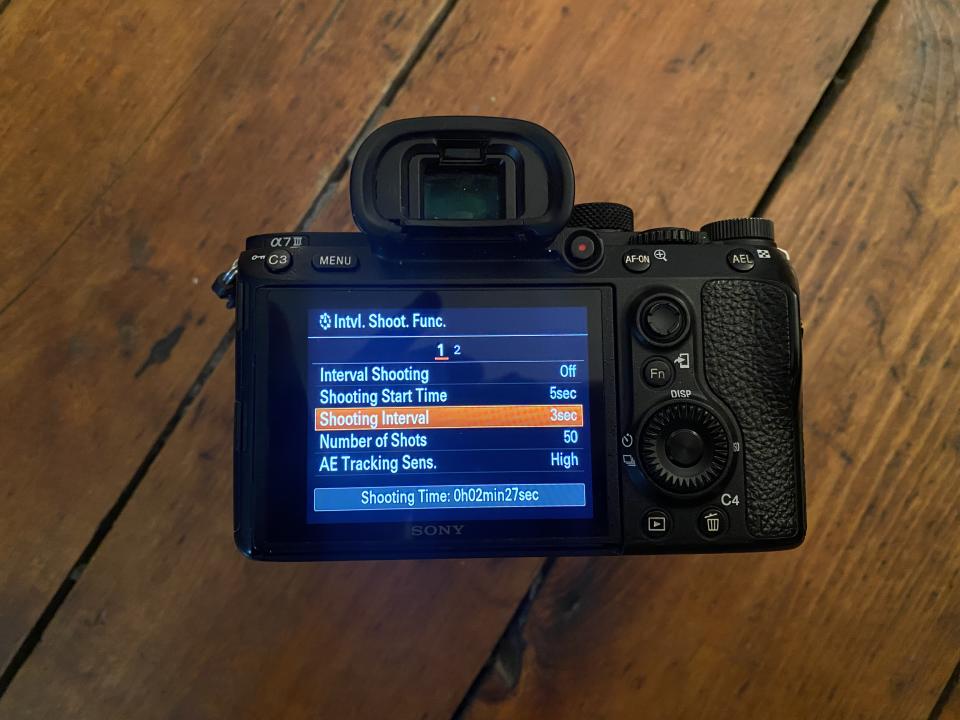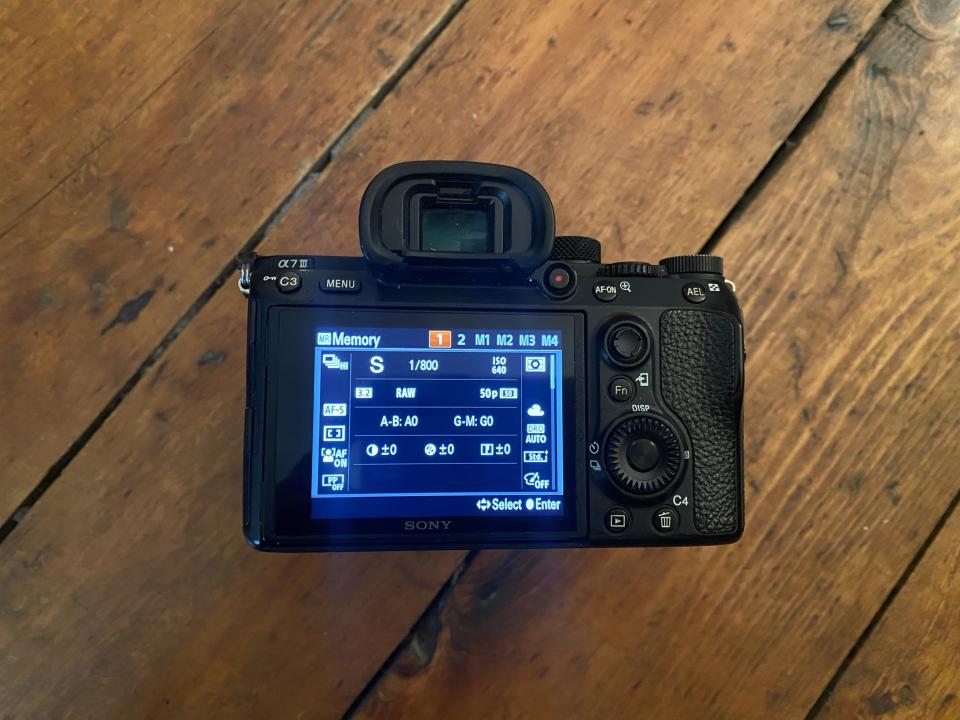Sony A7 III – these are the features I can't live without

Even though the Sony A7 III was released five years ago, it still holds its ground in the professional photography world. It might not be quite as fast or as high-resolution as some more recently released models, but it’s still more than capable of producing stunning, high-quality images and video (although to you will need a gimbal for really smooth shots).
Sony camera menus are notoriously confusing – so much so that it even puts some people off buying them – but once you know where everything, is you’ll discover some really useful features.
I’ve never been one of those people who get a new camera and meticulously go through every menu option to work out where everything is. I’m more of a find-out-when-I-need-to type of girl, which means I’m still discovering things my camera can do. However, there are some important features that I use almost every time I pick up my camera and I think everyone should know about them…
Live View Display

This feature enables you to preview what the final image will look like with your current camera settings. You can see the exposure change when you adjust shutter speed, aperture or ISO, so for people just getting to grips with shooting in manual mode it’s really helpful for understanding how each element affects the final exposure. When I shoot with flash I tend to toggle this off, because the live view preview is too dark and that’s because the camera isn’t taking into that account you're working with external lights.
Camera menu 2 > Display/Auto Review§ (6/9) > Live View Display
Silent Shooting
Whenever I’m shooting at events, in places of worship or trying to be incognito, I always use silent shooting. Shutter sounds can be very loud and incredibly distracting, so whenever I’m in quiet environments I always make sure I shoot with silent mode on. Just be aware that there are a few limitations – for example, you can’t use silent shooting with flash or on bulb mode, as they require the mechanical shutter (silent shooting utilizes the electronic shutter).
Camera menu 2 > Shutter/SteadyShot (4/9) > Silent shooting
Eye autofocus
Whether you’re shooting portraiture or a video with a moving subject, eye autofocus ensures that the eye is pin-sharp. After all, they say eyes are the window to the soul – and not having them in focus is criminal. There is also an option for animal eye autofocus, in case you tend to shoot four-legged creatures more often than humans.
Camera menu 1 > AF2 (6/14) > Face/Eye AF set
Interval Shooting

As someone who loves taking self-portraits, I recently cottoned on to the advantages of using interval shooting over a remote. You can select how long you want the camera to shoot for and how often it takes a photo, which leaves you free to focus on posing!
Camera menu 1 > Shoot Mode/Drive 2 (4/14) - Interval Shoot Function
Memory Recall

Frequently used settings can be stored in the memory recall. On the mode dial there is M1 and M2, and both of these can be set up so you can easily return to your preferred settings. When I’m on a shoot doing both video and photo, this is incredibly handy as I don’t have to keep on dialing in the correct settings; I can just switch between the two, depending on what I’m shooting. It is a little fiddly to set up but there are lots of YouTube videos to help you.
Camera menu 1 > Shoot Mode/Drive 1 > Memory Recall
Also check out the best Sony lenses and browse a range of primes, wide-angles and telephoto lenses.

